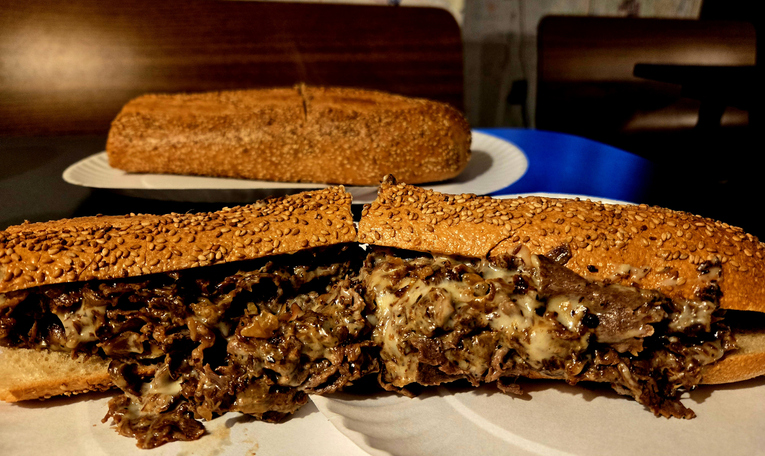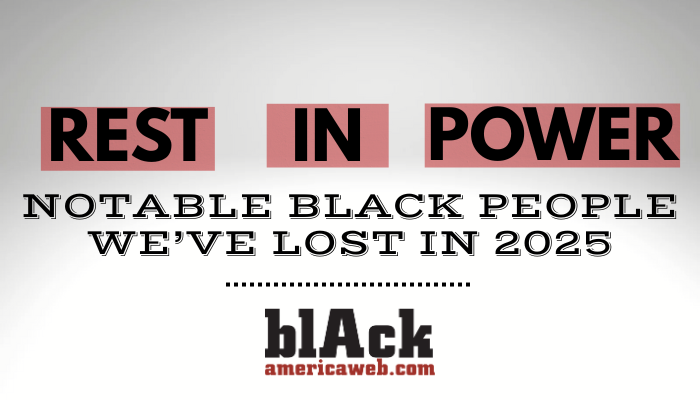Michelin Guide Picks Best Philly Cheesesteaks

Philadelphia doesn’t just eat cheesesteaks; the city lives them. For decades, the debate over who grills the best steak, onions, and Whiz has divided families and defined neighborhoods. It is a conversation usually reserved for locals on stoops or heated arguments at the barbershop. But recently, a new voice entered the chat, and it carries global weight. The Michelin Guide, the world’s most prestigious restaurant rating system, has officially weighed in on the Philly cheesesteak scene.
This isn’t just about a sandwich anymore. It is about culinary respect. When an institution known for judging white-tablecloth fine dining in Paris decides to critique a dripping, foil-wrapped hoagie from South Philly, it changes the game. We are breaking down what Michelin had to say, the history behind the hustle, and why this matters for the culture of food in our communities.
You might know Michelin for their tires, but in the culinary world, their word is law. Since 1900, the Michelin Guide has served as the ultimate benchmark for dining excellence. For a chef, getting a Michelin Star is like winning an Oscar or a Grammy. It validates your craft on an international stage.
Historically, Michelin focused on high-end, expensive luxury dining. If you weren’t serving foie gras on fine china, you weren’t on their radar. But in recent years, they have started paying attention to where the real flavor lives: the streets. They have begun recognizing high-quality food at affordable prices, often through their “Bib Gourmand” designation.
By stepping into the Philadelphia cheesesteak arena, Michelin is acknowledging that culinary greatness isn’t exclusive to fancy restaurants. It validates the hard work of grill masters who have been serving their communities for generations. It sends a message that our comfort food, our street food, and our local staples are worthy of global acclaim.
To understand why Michelin’s opinion makes waves, you have to respect the history. The cheesesteak is the heartbeat of Philadelphia’s food identity. It originated in the 1930s, born from the resourcefulness of Pat Olivieri, a hot dog vendor who decided to throw some beef on his grill.
But the cheesesteak quickly became more than just lunch. It became a symbol of the working class. It represents the hustle of the city. Every neighborhood has its spot, and every local has their specific order. Whether you are “Whiz wit” (Cheez Whiz with onions) or strictly provolone, your order says something about you.
For the Black community in Philadelphia and beyond, these local spots are often community hubs. They are where we gather after church, celebrate wins after a game, or grab a late-night bite after a concert. The food is deeply tied to memory and identity. So, when an outsider—especially a French one—comes in to judge, skepticism is natural. We protect our own. However, seeing our local flavors uplifted by a major global brand can also be a powerful form of recognition.
For decades, the “tourist” conversation has revolved around the corner of 9th and Passyunk, home to the rival establishments of Pat’s King of Steaks and Geno’s Steaks.
If you watch any travel show or national sports broadcast featuring Philly, you will see Pat’s and Geno’s. They are the neon-lit giants of the industry. Pat’s claims the invention; Geno’s claims the perfection. They offer a spectacle—bright lights, long lines, and a specific ordering etiquette that can get you sent to the back of the line if you mess it up.
While they are historic landmarks, many locals will tell you they don’t necessarily represent the pinnacle of flavor. They are the ambassadors, sure, but are they the best? That is where the debate gets spicy.
This is where Michelin surprised everyone. They didn’t just go for the easy, flashy pick. They did their homework. In their assessment of Philadelphia, they looked past the neon lights and highlighted spots that prioritize quality ingredients and craft.
Michelin gave major nods to establishments like John’s Roast Pork. This isn’t a place relying on gimmicks; it is a James Beard Award-winning spot that has been feeding the community since 1930. They also highlighted Angelo’s Pizzeria, a spot known for baking its own bread fresh daily—a crucial detail, because any true Philly native knows the roll makes or breaks the sandwich. They also shouted out Woodrow’s Sandwich Shop, a more modern take that uses house-made truffle whiz.
By bypassing the most commercialized corners for these craft-focused joints, Michelin aligned itself more with the local “foodie” perspective than the tourist brochure. They validated the spots where the food, not the fame, comes first.
Michelin’s involvement signals a massive shift in how we define “good food.” For too long, culinary prestige was gatekept behind high price tags and European techniques. But culture is created in the kitchens of grandmothers, street vendors, and corner stores.
When a guide of this magnitude praises a greasy, delicious cheesesteak, it democratizes the culinary landscape. It tells the world that technique and flavor matter regardless of the setting. This is empowering for Black and brown chefs and restaurateurs who often excel in creating incredible soul food, barbecue, and street food but historically haven’t received the same accolades as their French or Italian counterparts.
It opens the door for more diverse cuisines to be taken seriously. If a cheesesteak can be “Michelin-recommended,” then so can the best oxtail stew, the best jollof rice, or the best fried chicken in the neighborhood. It levels the playing field.
So, where do we go from here? Does Michelin’s opinion end the debate? Absolutely not. Philadelphians are far too stubborn to let a guide tell them what they already know. If your grandmother says the best steak is at the bodega down the street, Michelin can’t overrule her.
However, this recognition brings tangible benefits.
- Economic Boost: A mention in the Michelin Guide guarantees a surge in business. For small, family-owned shops, this can be life-changing, helping to sustain the business for the next generation.
- Quality Control: As the spotlight grows, other shops might step up their game. If fresh-baked bread and high-quality ribeye become the standard for recognition, we might see an overall elevation in quality across the city.
- Cultural Pride: Ultimately, this is a win for Philly. It solidifies the city’s reputation not just as a sports town, but as a serious food destination.
Michelin Guide Picks Best Philly Cheesesteaks was originally published on rnbphilly.com










